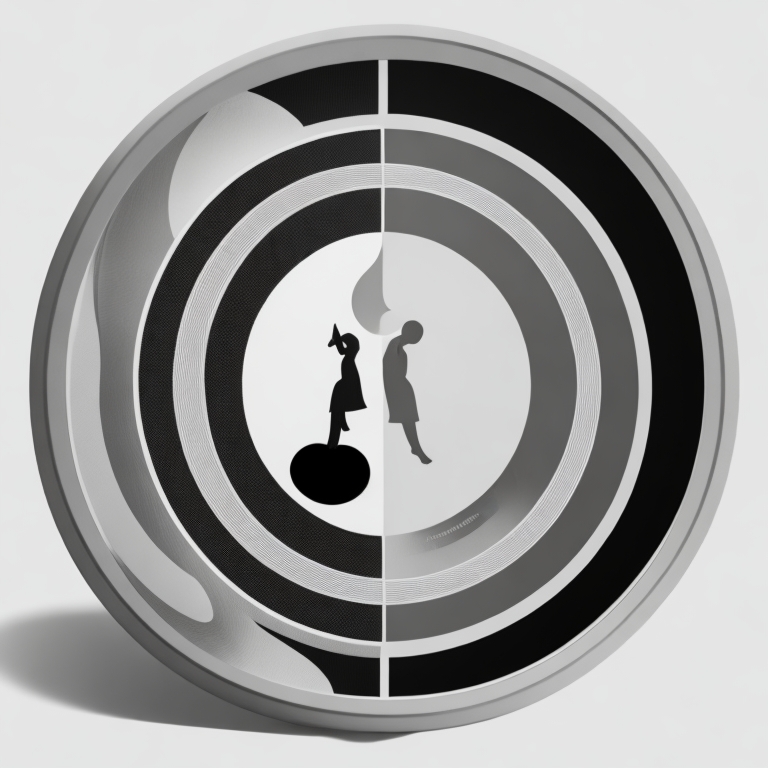The world of decision-making is complex, often influenced by a myriad of factors. One such influential factor is the ‘Moral Hazard’ mental model. This model, deeply rooted in human psychology, plays a significant role in our day-to-day lives, shaping our choices and actions.
Understanding Moral Hazard
Moral Hazard refers to a situation where an individual or group is incentivized to take risks because the potential costs or burdens of those risks will be borne by another party. This model is particularly relevant in decision-making processes as it can lead to irrational decisions that are contrary to one’s best interests.
The concept of Moral Hazard is anchored in human psychology. It arises from the interplay between risk perception, decision-making, and the distribution of consequences. When individuals believe that they are shielded from the repercussions of their actions, they are more likely to engage in risky behavior.
Moral Hazard in Action: Real-World Examples
To better understand the prevalence of Moral Hazard, let’s delve into three distinct examples across different contexts – personal life decisions, business scenarios, and public policy making.
- Insurance: The insurance industry is a classic example of Moral Hazard. When a person gets insurance coverage, they might engage in riskier behavior because they know the insurance company will cover the losses. For instance, a person with comprehensive car insurance might drive more recklessly than if they had to bear the full cost of any accident.
- Business Scenarios: In the corporate world, Moral Hazard can manifest in various ways. Consider a company where the management’s bonuses are tied to short-term profits. This might incentivize the management to make high-risk decisions that boost short-term profits but jeopardize the company’s long-term stability.
- Public Policy: Moral Hazard also plays a significant role in public policy. For example, government safety nets, while essential for protecting vulnerable groups, can sometimes lead to Moral Hazard. If individuals or businesses believe they will be bailed out of financial trouble, they may take on excessive risk.
The Psychological Underpinnings of Moral Hazard
Moral Hazard is closely tied to several mental biases. One such bias is the ‘optimism bias,’ where individuals overestimate the likelihood of positive outcomes and underestimate negative ones. This bias can fuel Moral Hazard as individuals might take on more risk, believing that negative consequences are unlikely.
Another related concept is ‘information asymmetry,’ where one party has more or better information than the other. This can exacerbate Moral Hazard, as the party with less information is often the one bearing the risk.
Strategies to Avoid Moral Hazard
Recognizing when you might be falling into the trap of Moral Hazard is the first step towards avoiding it. Here are some strategies to help you make more objective decisions:
- Separate Past and Future Costs: Understand that past costs are sunk and should not influence future decisions. Focus on the potential future costs and benefits of your decisions.
- Seek Third-Party Perspectives: Consulting with unbiased third parties can provide a more objective view of the risks and rewards of a decision.
- Understand the Full Consequences: Ensure you fully understand the potential consequences of your actions, not just the immediate or obvious ones.
Concluding Thoughts
Moral Hazard is a powerful mental model that can significantly influence our decision-making. By understanding its implications and actively working to avoid falling into its trap, we can make more rational and beneficial decisions.
